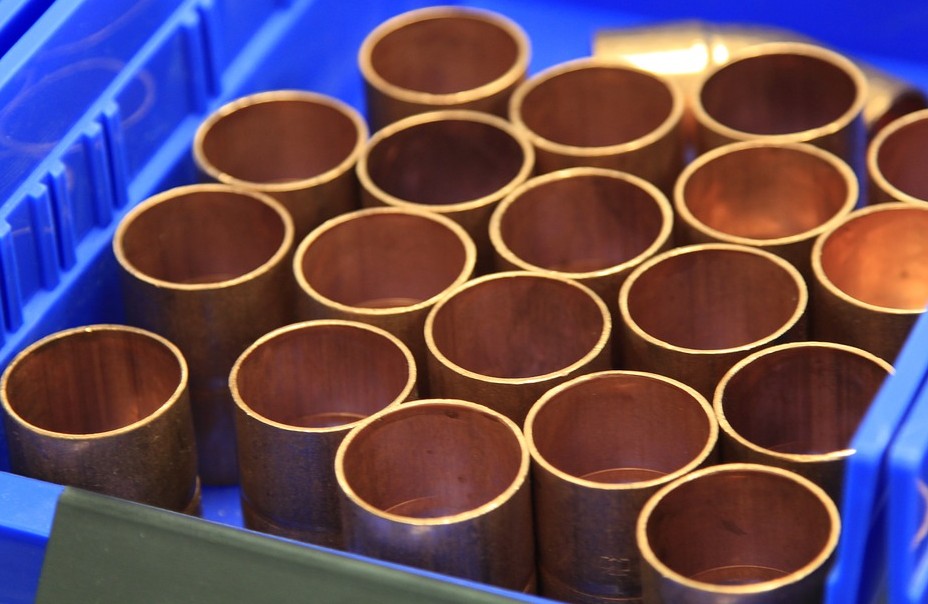Quite often our customers will ask our team here at Bryan Hose & Gasket about the different types of metal, and what to look for when selecting grades, shapes and sizes. A metal is one of the basic elements in nature. Over three-quarters of the more known elements are metal. Metal is an ideal conductor of electricity and heat. Physically, metal is generally hard, heavy and tenacious. Brass, specifically, is a binary alloy consisting of Copper and Zinc that has been produced for millennia and is valued for its workability, hardness, corrosion resistance and attractive appearance. We will discuss the metal properties of brass.
Metal Properties of Brass
As mentioned above, brass is a binary alloy. It consists of Copper and Zinc. A few important properties of brass include:
- Density: 8.3-8.7 g/cm³
- Melting Point: 1652-1724 °F (900-940 °C)
- Moh’s Hardness: 3-4
Characteristics of Brass
Depending on the composition of the brass alloy, the exact properties of brasses will vary, especially the copper-zinc ratio. However, generally all brasses are essential for the machinability, or the ease with which the metal can be formed into desired shapes and forms while retaining high strength.
There are differences between brasses with high and low zinc contents. However, all brasses are malleable and ductile (low zing brasses more so). Brass has a low melting point. Therefore, it can also be cast relatively easily. However, for casting applications, a high zinc content is typically preferable.
Brasses that have a lower zinc content are easy for cold working, welding and brazing. A high copper content also allows the metal to form a protective oxide layer (patina) on its surface. This protects against further corrosion. This is a valuable property in applications that expose the metal to moisture and weathering.
Brass has both good heat and electrical conductivity (its electrical conductivity can be from 23 percent to 44 percent of pure copper). In addition, it is wear and spark resistant.
Similar to copper, the bacteriostatic properties of brass has resulted in its use in bathroom fixtures and healthcare facilities. The metal is a low friction and non-magnetic alloy, while its acoustic properties have resulted in its use in many ‘brass band’ musical instruments. Artists and architects also value the metal’s aesthetic properties, as it is available in a range of colors, from deep red to golden yellow.
Types of Brass
The term ‘brass’ is a generic term that refers to a wide range of copper-zinc alloys. There are over 60 different types of brass specified by EN (European Norm) Standards. Depending on the properties required for particular application, these alloys can have a wide range of different compositions.
Applications of Brass
The valuable properties and relative ease of production of brass has made it one of the most widely used alloys. Putting together a complete list of all of brass’s applications would be a colossal task. However, to get an idea of the industries and types of products in which contain brass we can categorize and summarize some end-uses based on the grade of brass used:
Free cutting brass (e.g. C38500 or 60/40 brass):
- Nuts, bolts, threaded parts
- Terminals
- Jets
- Taps
- Injectors
These are just the properties of brass. Stay tuned for the rest of metal properties series. Don’t hesitate to contact Bryan Hose & Gasket with the link below for more information on brass metal properties.

